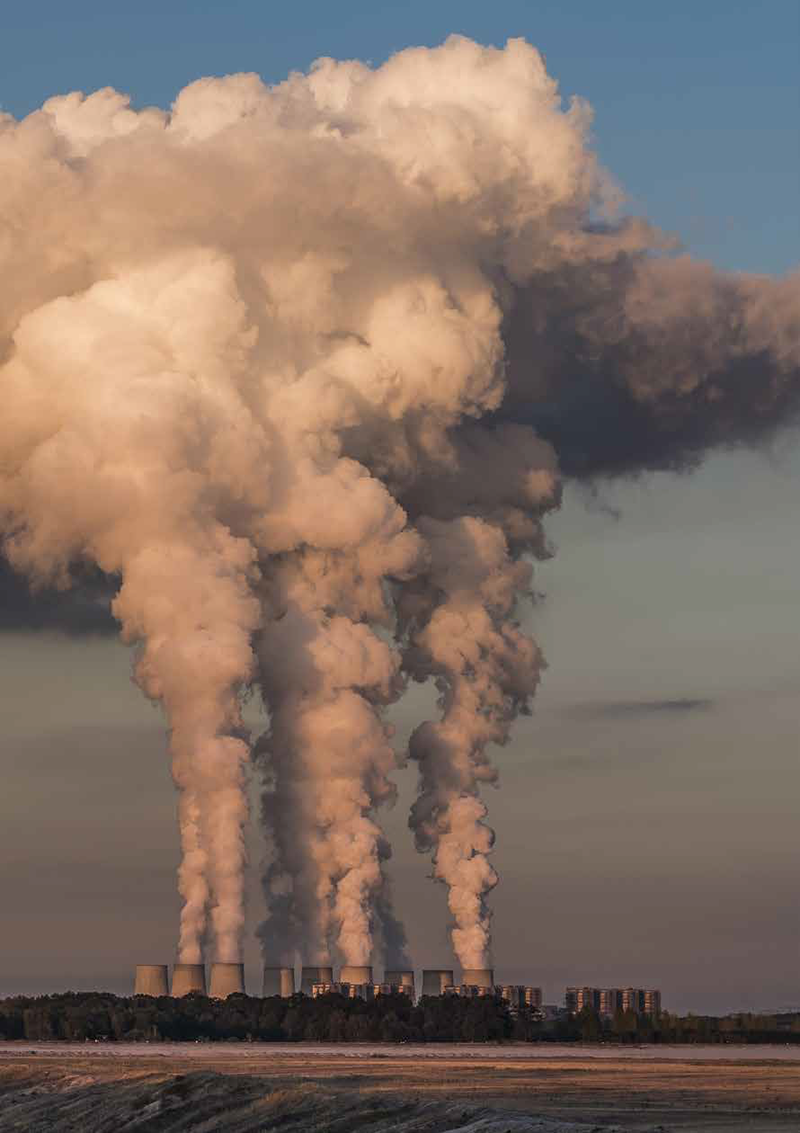The greenhouse effect is the phenomenon by which the sun’s heat that reaches the earth is not bounced back to space, which provides an ideal temperature for life on the planet for all living beings.
Greenhouse effect
However, the problem arose when human activity and industrial and social growth increased the number of gases in the atmosphere with properties to cause this greenhouse effect. By increasing the proportion of gases to above-average concentrations, the natural terrestrial greenhouse effect has multiplied, giving rise to a damaging phenomenon.
COP27
Governments worldwide have committed themselves to fight against this phenomenon causing climate change. During COP27, all countries came together to take action to achieve the collective climate goals set out in the Paris Agreement.
Funding opportunity
Meanwhile, the Industrial Efficiency and Decarbonization Office (IEDO) of the Office of Energy Efficiency and Renewable Energy (EERE), a charge of the U.S. Department of Energy (DOE), released $23 million for a funding opportunity (FOA). That will drive innovation to decarbonize the entire life cycle of water resource recovery facilities (WRRFs).
Water resource recovery facilities
WRRF facilities treat wastewater from public water systems and are one of the largest industrial electricity consumers in the country. They are also one of the most significant GHG- emitting industries in the United States, on par with the food and beverage industry. This FOA will accelerate research, development, and demonstration (RD&D) of technologies to reduce GHG emissions from WRRFs to help decarbonize the U.S. water treatment sector and move the country closer to achieving the Biden-Harris administration’s commitment to reach a net-zero economy by 2050.
WRRFs are:
- An essential part of the U.S. water infrastructure.
- Producers of clean water.
- Generators of renewable energy.
- Recovers of nutrients from wastewater.
- Reduces environmental impact.
The nation’s energy and water systems are interdependent. Water is used in all phases of energy production, while water extraction, distribution, and treatment require energy. However, cleaning water is an energy-intensive process. WWRFs are estimated to be directly responsible for more than 44 million metric tons of greenhouse gas (GHG) emissions annually. These emissions are composed of nitrous oxide and methane, two GHGs more potent than carbon dioxide.
Main themes
FOA includes two main themes , both of which seek to improve energy efficiency and reduce GHG emissions and the costs of WRRFs.
The first is the decarbonization of WRRF unit processes. The theme will focus on projects to reduce emissions from various unit processes within WRRFs while maintaining or reducing operating costs. These projects need to achieve a 50% reduction in emissions. From the essential operations without increasing the total operating expenses of the Water Resource Recovery Facility.
Greenhouse reduction from WRRFs is the second focus. The choices will be for projects that investigate how to reduce GHG emissions. And treatment costs of WRRFs on a larger scale and with higher technological readiness levels. Unlike the other projects, these projects must achieve a 25% reduction in emissions. Without increasing operating costs beyond the baseline operations of an entire facility.
However, the deadline for submission of concept papers for the call for proposals is January 27, 2023. DOE will grant awards to selected in the form of cooperative agreements with an implementation period of three to five years.
It can be of your interest: January 2023 – The ESG’s impact around the world for the ecological transition


